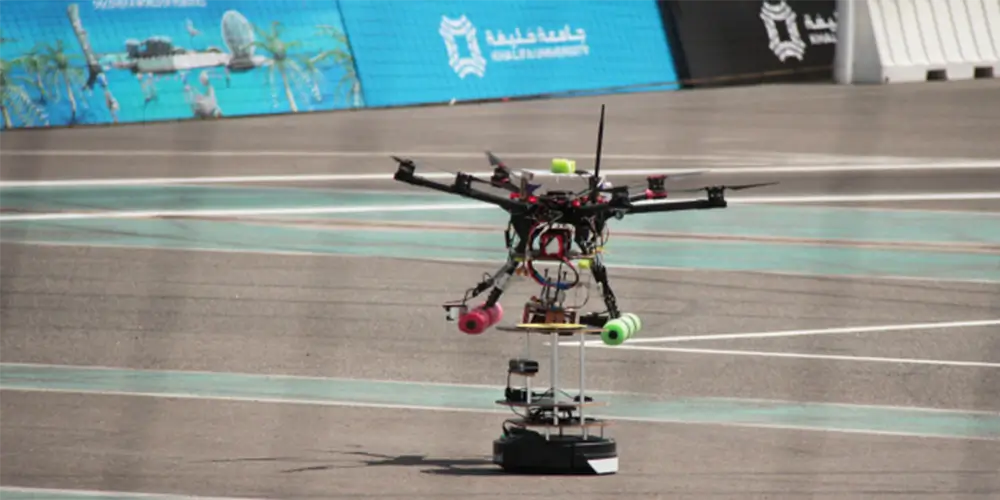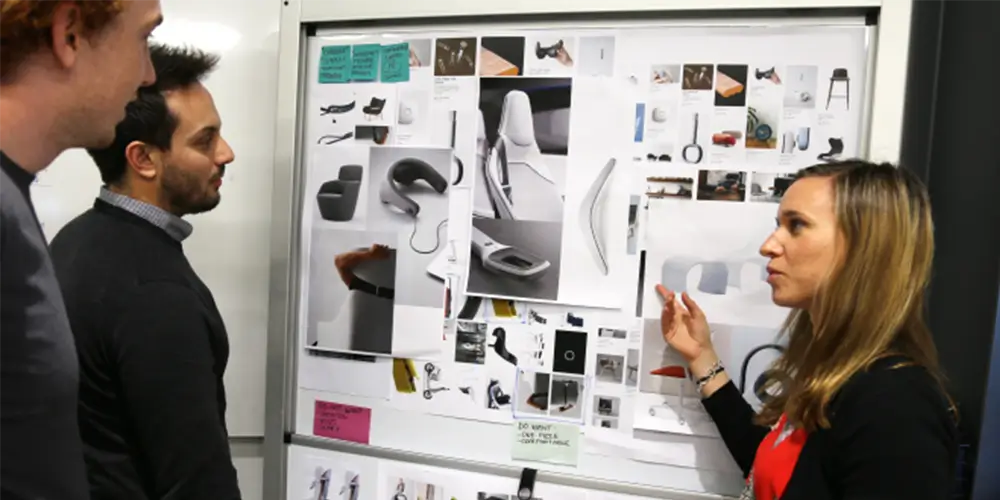
“When you’re working on something huge with tight deadlines it really forces you to segment the work into tasks, find ways to work independently and maintain good communication across the team.”
– IDE Connect
IDE Connect spoke to former summer intern, now Product Developer at ide Group, Harry Dudley-Bestow about how his passion for building things led him to compete in one of the toughest robotics challenges in the world, the Mohamed Bin Zayed International Robotics Challenge (MBZIRC) in Abu Dhabi.
You recently competed at the MZBRIC in Dubai. How did you get involved in that?
I was working in the Michael Crouch Innovation Centre building a Star Wars BB-8 Droid in my spare time and one of the guys mentioned he was working on a mysterious high budget project that included flying drones autonomously. I’m currently studying a Bachelor of Mechatronics Engineering at UNSW and I’m doing my thesis on drones, so I thought I’d try get in on that. One thing led to another and I ended up flying to Abu Dhabi to compete in the final competition.
How many people were in your team?
There were ten people all up; eight people working on the project, one supervisor and one lab manager.
What did the competition involve and can you explain some of the equipment your team built for the competition?
I started working on the competition full time when I completed my internship with ide Group in January. It was the first time I had ever thrown myself at something to that extent. Throughout the competition our team had about five or six hours sleep for an entire week straight. We extracted every possible ounce of productivity out of ourselves as we could. By the end of the competition we were all completely wrecked. But that’s the nature of competitions like this where you’re hacking stuff together. It can get pretty frantic!
The competition was made up of three separate events, and each event required a different piece of equipment. We designed a small drone for the first event which required a drone to land on top of a moving car. For the second event which required objects to be picked up off the ground and moved through the air and into box, we customised three bigger, S900 drones. The drones themselves were off the shelf, but outfitted with a lot of custom equipment to meet our requirements. For the third event which required picking up a spanner and undoing a valve, we designed a customised autonomous ground vehicle.
That sounds like three very big goals to achieve! Did you face any challenges along the way?
A big challenge was transporting all of the equipment to Abu Dhabi. The process of disassembling the robots in Sydney, packing them into suitcases, unpacking them, and then reassembling them led to a few unexpected surprises. When we put things back together it didn’t always end up performing the same way that it did in Sydney. For example, when we arrived in Abu Dhabi, the transition from the southern to northern hemisphere mixed up our GPS systems so much so that one of our robot’s navigation codes thought we were half way to the moon!
One of the more complex challenges we faced was modifying our drones’ guided flight mode to perform the way we needed it to.
All of our autonomous code was built on top of a guided flight platform whereby the position of the drone was controlled independently of the wings, how much it was carrying, its battery level, everything. We could tell our drone where to go and it would go there. The guided flight mode was based on a combination of sensor data from a GPS accelerometer, gyroscopes, a stereo camera and a laser range finder. This biggest challenge we faced was managing all of these different elements. Fortunately for us, the issues only came to a head in the very last competition…
One of our drones was in guided flight mode and it suddenly decided to start flying upwards. Attempting to save it, we switched it back to manual control. As soon as we did that the drone stopped responding and fell 15 meters out of the air and smashed on the ground. It was the last event of the last competition, so it was a pretty spectacular way to end the competition.
What was the biggest takeaway from the event? Did you learn anything significant about yourself, working in a team, or the technology?
One of the things I learnt about myself was what limit of sleep deprivation I can go to!
In terms of technical knowledge I learnt an enormous amount. I also learnt how to work effectively on a large project. When you’re working on something huge with tight deadlines it really forces you to segment the work into tasks, find ways to work independently and maintain good communication across the team.
What’s on the horizon now?
I’m currently working on a droid racing competition which will happen in early July. The competition challenge is to design a small remote controlled car to drive autonomously around a track. The track is defined by tape on the ground and the rules of the competition define that navigation must be achieved by computer vision.
The focus of the competition is to get undergraduate students to use low cost hardware to get a solution working. We’re borrowing and building on technology developed by past teams. One of the techniques we’re using is called a Bayesian classifier which allows us to categorise the parts of an image we are interested in.
For example, the track might be defined by blue and yellow tape, so for that we’d need to extract the blue and yellow from the image of the track. This could be done with some simple thresholding, but what a lot of people don’t realise is that as soon as the lighting changes, the real-world colour of an object also changes an enormous amount. As a human, your brain still perceives the object as blue even though the light hitting your eye might not be. The Bayesian classifier can help compensate for changed lighting conditions. I’m looking forward to working on this project and coming up with a solution that’s new and effective.



